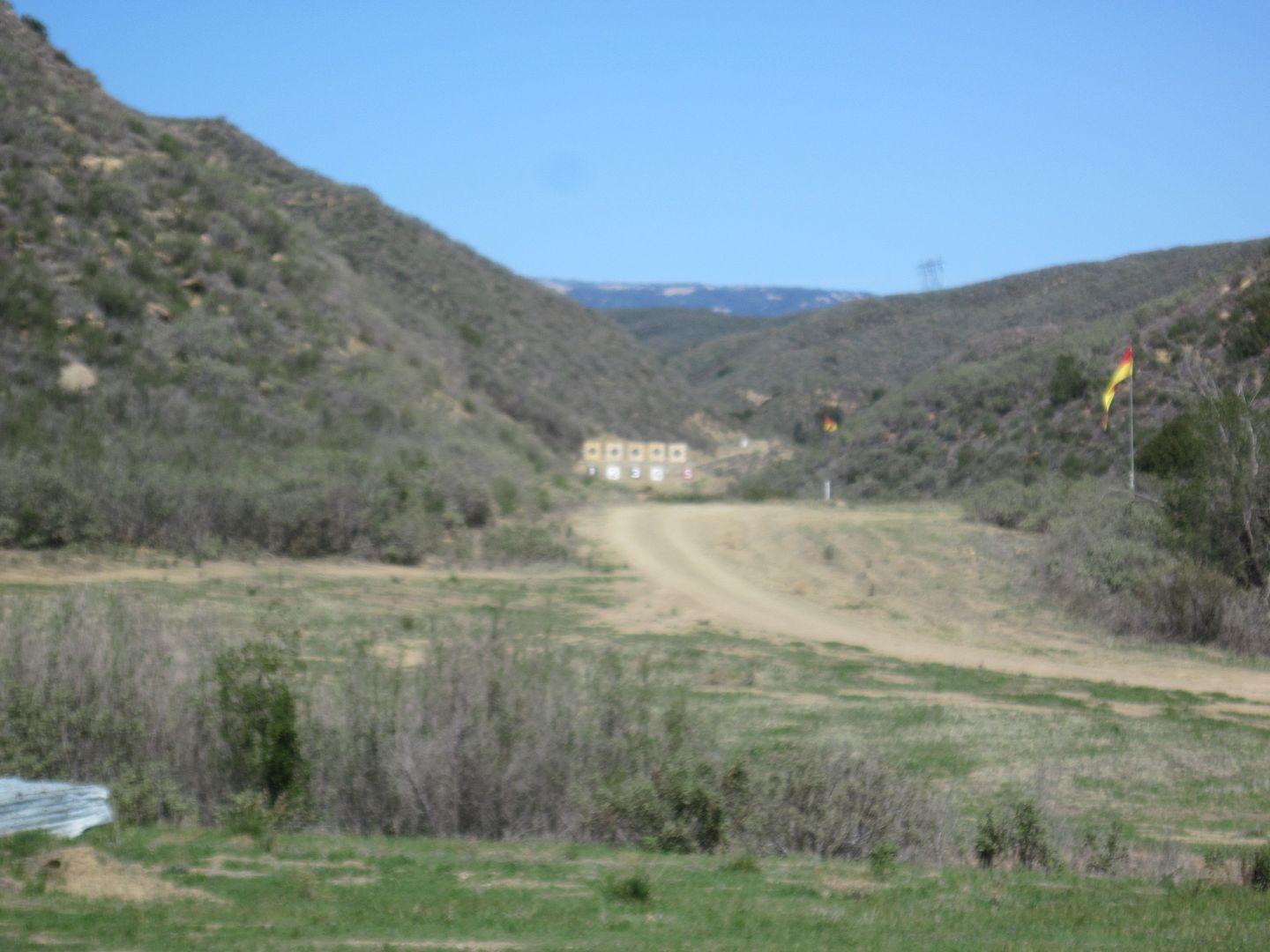NatureLvrCanada
Well-known member
I am trying to get more reach than a 20x60 zoom. Any recommendations?
If it was me I would buy a cheap eyepiece of say 6.4 which would give you 84x in the 100ED. If this scope supports this ok and you can always get another better eyepiece. You should know that ER in this eyepiece is pretty short. If money no object go that direction.
540mm FL divided by 6.4 = 84.3x
I did read LM's review and I do understand what he is saying, but he lives in CA and might have more problems with heat haze, 100mm scope should be able to reach 60x with no problem, if pushed to 100x if perfect it would support that. I am not saying these scopes would support that, my Orion 100ED does easily.
http://www.adorama.com/MD64SP.html

Naturelvr,
It would be easier to give suggestions if we knew what the setup is you currently use and in what kinds of conditions do you wish for extra reach. 20-60x zoom can mean all sorts of things depending on the size and quality of the scope.
Kimmo

...Any opinions on that setup for bird watching of a far away bird? On my Celestron M2 80ED at 60x the bird is still very far away which is why I am looking for longer reach...
I have used both a 80 and 100 ED astro scope looking as far as 2.8 miles away on a mountain overlook from my home, if there was a deer up there I could tell if it was a buck or doe. You don't say how far you want to see.That 80ED will support more magnification than your spotter and probably why the salesman said what he said.
